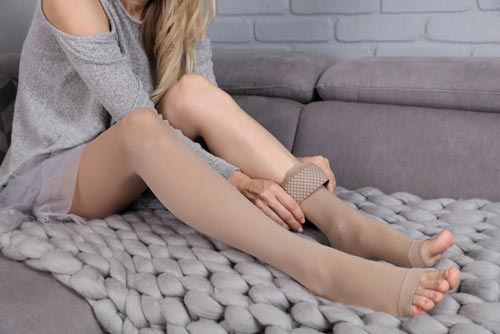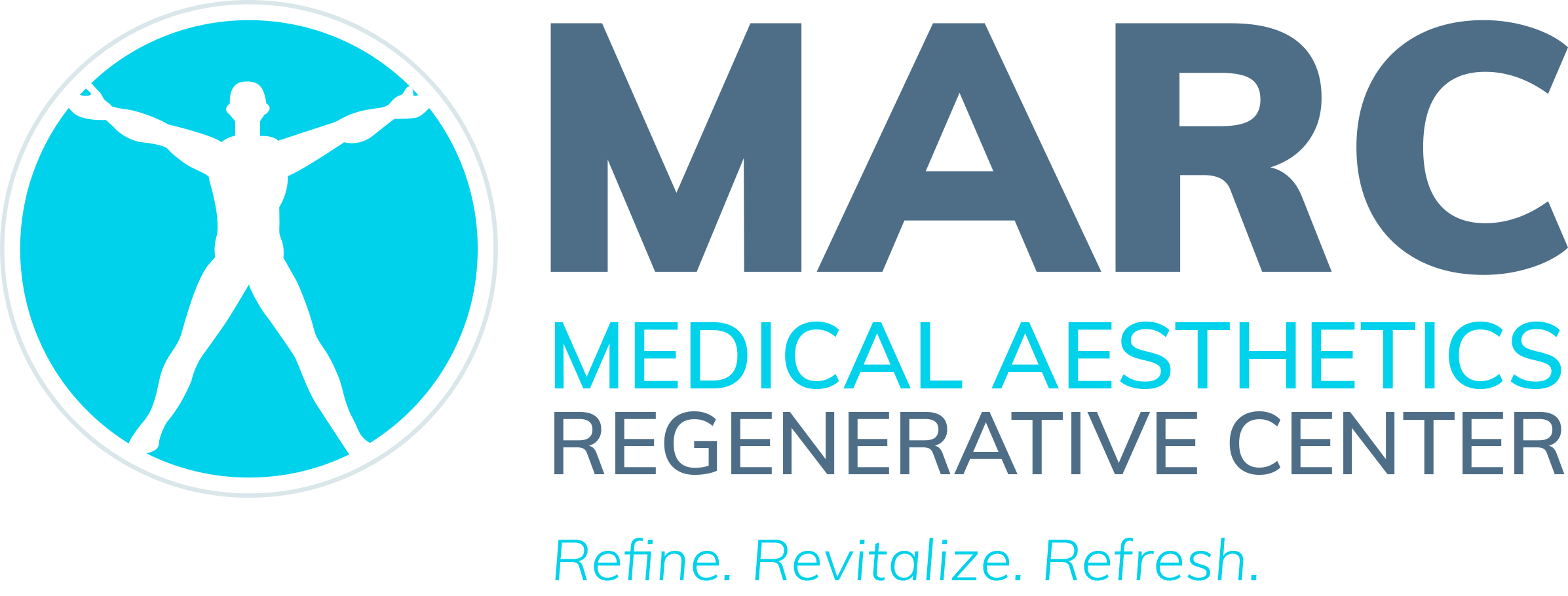Sclerotherapy: A Non-Surgical Treatment for Spider Veins
What Are Spider Veins?
Spider veins are small blue, purple, or red veins that can appear on the legs or face. They are not painful or harmful, but most people want them treatment for aesthetic reasons. Varicose veins do differ from spider veins.
What Are Risk Factors For Spider Veins?
- Genetics – up to 90% of people with spider veins have a family history of spider veins
- Pregnancy – increased blood moving through the body plus the extra weight adds more pressure to the leg veins. Many women notice their spider veins disappear after pregnancy, but some can become permanent
- Being a lady – women are more affected than men with spider veins (boo)
- Being overweight – just like with pregnancy, the extra body weight puts more pressure on the leg veins
- Hormones – estrogen can weaken vein valves so hormonal birth control and hormone replacement during menopause can increase your risk
- Sun damage from UV light damages the skin and can lead to broken blood vessels and spider veins, especially on the face and chest
- Excess pressure on the face – forceful coughing, sneezing, or vomiting and lead to spider veins. Some women even get spider veins when pushing during childbirth
What Can I Do To Prevent Spider Veins?
- Regular exercise is key! Walking, running, stair master, aerobics, swimming, or biking for 30 minutes several days a week will help reduce aching, pain, and tiredness in the legs
- Elevate your legs above your heart a few times daily to reduce aching and swelling
- Move your legs often! Flexing your ankles 10 times will help pump the blood out of your legs just like walking does. Repeat this movement every 10 minutes during periods of prolonged sitting or standing
- Avoid high heels. Heels are attractive, but wearing heels often interferes with the normal muscle pumping action in the calves that occurs with walking. Wearing heels for prolonged periods can lead to aching and cramping of the legs
- Maintain a healthy weight. Increased body weight put more pressure on the legs. Even moderate weight loss can improve aching legs. Weight loss can also slow the rate at which new spider veins form
- Wear compression or support hose. These are available over-the-counter at most pharmacies and medical supply stores. It is important to wear them daily, especially if your occupation involves prolonged sitting or standing. The pressure can improve blood flow, prevent future spider veins, and decrease leg swelling. You should remove your stockings at night when you sleep
- Avoid tight clothing. Clothing that is too tight around the waist, legs, or pelvis can restrict blood flow and can increase the risk of spider veins
- Avoid the overuse of hot tubs and saunas. Excessive heat can cause veins to swell which increases the risk of dilated and bulging veins in the legs
- Wearing sunscreen can help prevent future spider veins, especially on the face, neck, and chest. Use sun protective hats and clothing when outside for long periods of time

Is There A Non-Surgical Treatment for Spider Veins?
Yes! MARC offers sclerotherapy, a treatment for varicose veins involving injecting an irritant directly into the affected vein. This non-surgical procedure takes approximately 30-60 minutes, and several treatments my be required to achieve complete results. Sclerotherapy and other vein treatments do not prevent new spider veins or varicosities later in life. Many people will require future treatments from time to time to keep their legs clear. In between treatments, here are some good tips to keep your legs looking their best with the above spider vein prevention techniques.
Ready to book appointment for your spider vein treatment?
Related Topics:
Browse Topics
- MARC News
- Aesthetic Rejuvenation
- Anti Aging Treatments
- Botox (Botulinum Toxin) Injections
- Chemical Peels
- Dermal Fillers
- DermaFrac
- Dermaplaning
- Dysport Injections
- Esthetics
- Facial & Wrinkle Treatments
- Hormone Replacement Therapy (HRT)
- Joint and Knee Pain
- Microchanneling & Microneedling
- Microdermabrasion
- Neurotoxin Injections
- Nutraceuticals
- Platelet Rich Plasma (PRP) Therapy
- Regenerative Medicine
- RF Microneedling
- Semaglutide
- Skin Rejuvenation Treatments
- Sofwave
- Stem Cell Therapy
- Weight Loss Injections
- Weight Management
- Xeomin
